“A new and beautiful day is rising and now the rebuilding begins,” Donald Trump told world leaders in Sharm el-Sheikh on Monday, heralding the success of the first phase of his peace agreement between Israel and Hamas to end the war.
If the “first phase” sought to address the key demands of both sides - namely a ceasefire in Gaza and the return of the hostages to Israel - the second would focus on rebuilding the enclave in a way that guarantees lasting peace and security.
Trump acknowledged on Monday that the path to peace will be winding. The phases of the deal are “all a little bit mixed in with each other”, he said, assuring later that elements can still be taken “out of order in a positive way”.
The U.S. president’s formula for peace is outlined in a 20-point plan unveiled at the end of September. The proposal contains a few short timeframes for the immediate pressures, as well as a number of more abstract commitments to the future.
Israel said it accepted the terms during its presentation on September 29. But negotiations with Hamas on “phase two” are ongoing, Trump said on Monday.
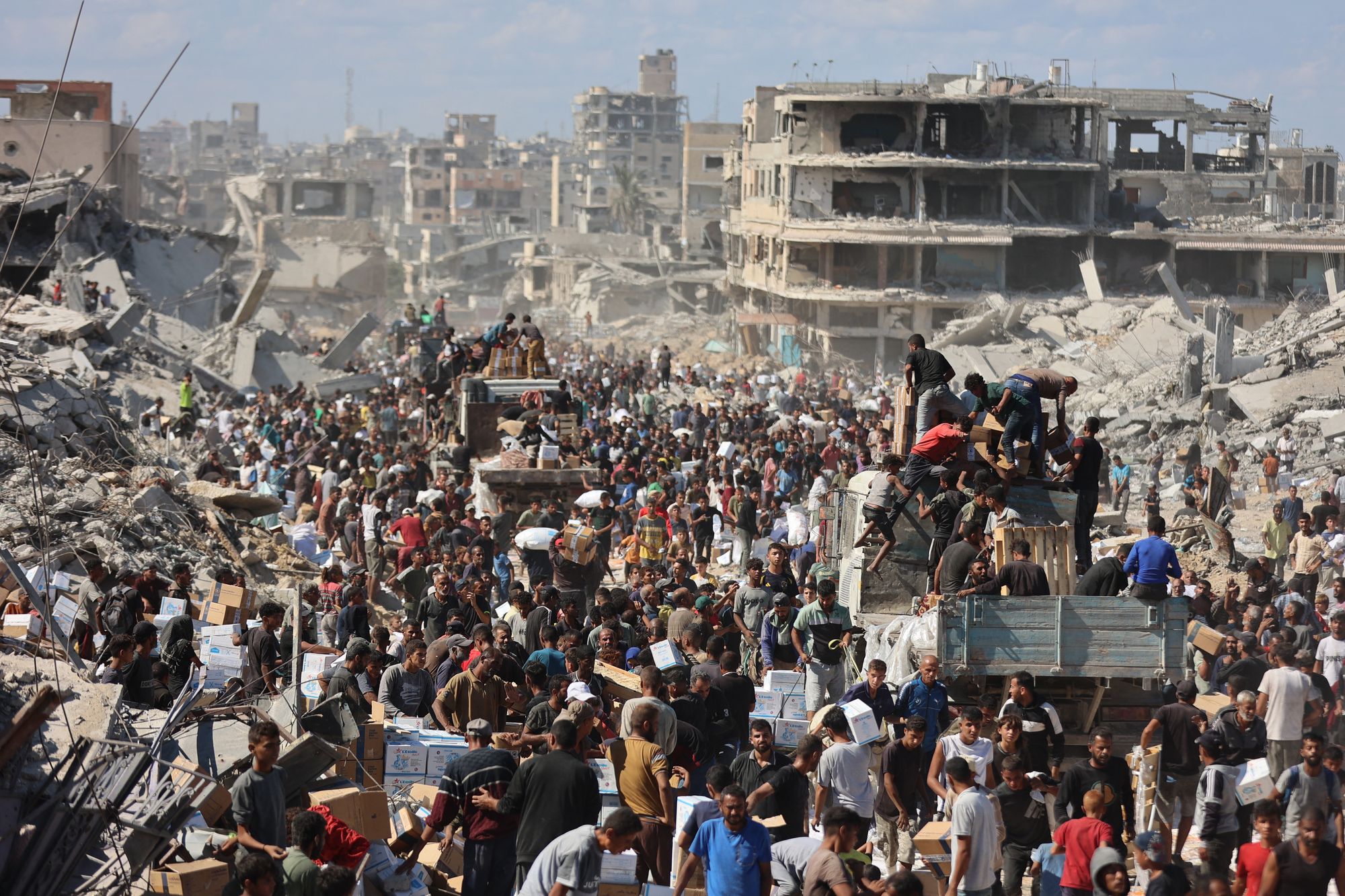
Challenges to peace
Trump’s visit to Israel coincided with the effective completion of the first phase of the agreement. Israeli forces withdrew to an agreed line at the end of last week and ceased fire, allowing Hamas to prepare the living hostages to be returned to Israel on Monday. Israel released around 2,000 Palestinians held in Israeli jails in exchange.
Already there has been some movement on the terms. Initially, Hamas was supposed to release all 48 hostages, alive and dead, within 72 hours.
Israeli families were incensed to learn - on Monday - that not all of the remains of deceased hostages would be returned by the deadline. Israeli sources told CNN ahead of time that Israel had assessed that Hamas might not be able to recover all the bodies by the deadline, but defence minister Israel Katz said an intentional delay would be a violation of the agreement.
The ceasefire is fragile, and negotiators are adapting in real time. Perhaps intentionally, the 20-point framework does not define many hard conditions, leaving some space for discussion. Before heading to Egypt, Trump told reporters that the phases were “all a little bit mixed in with each other”. Later, he said “we’re actually in stage three and four”.
“It’s not going to be, you know, just divided down so simply,” he said. “We can be long advanced on some of the things that we say we're going to do. We can take them out of order in a positive way.”
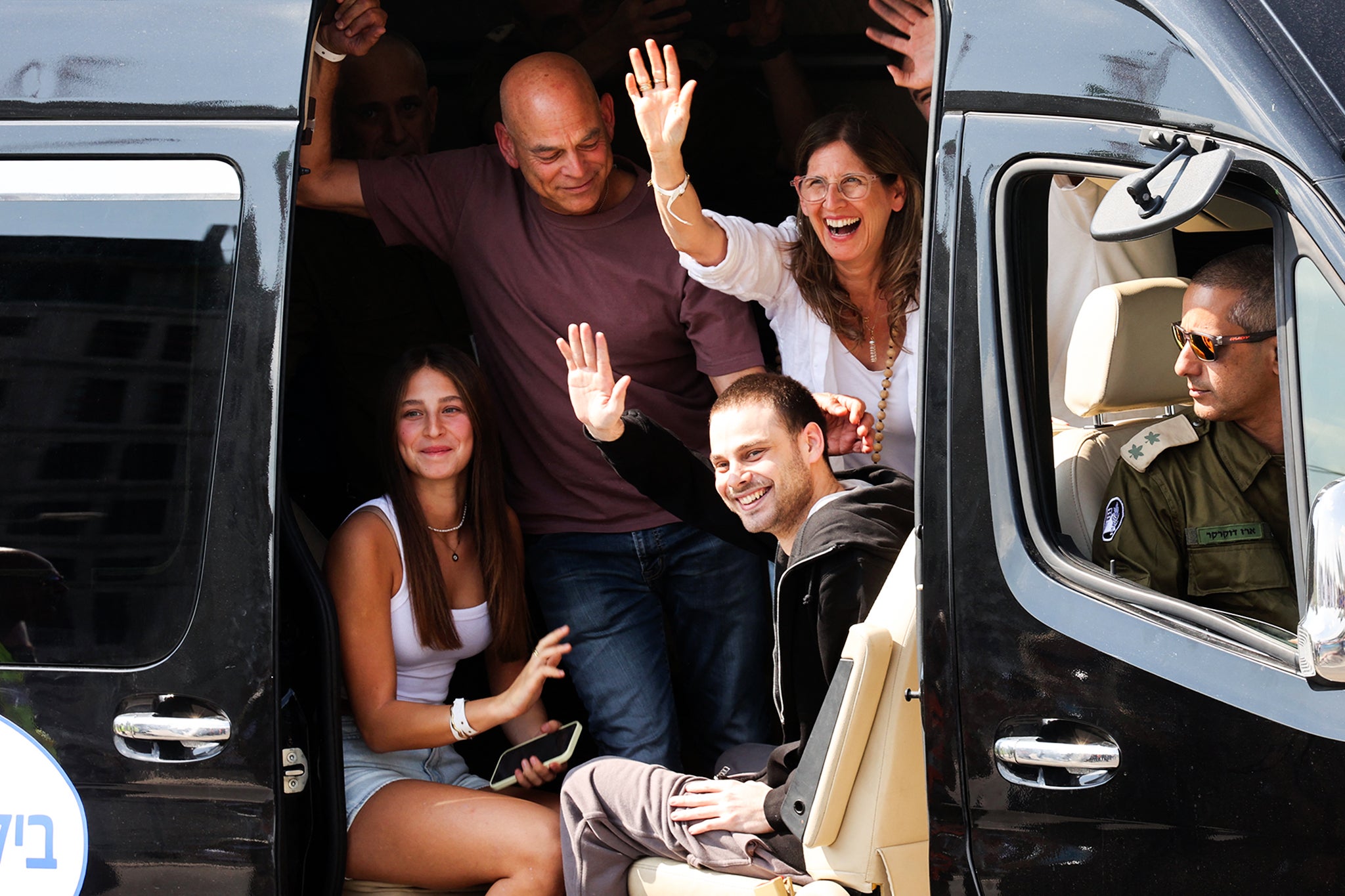
Disarming Hamas and rebuilding Gaza
The ceasefire that came into effect on October 10 should pave the way for the “unrestricted” flow of aid into Gaza via the UN and its agencies, and the Red Cross. Access to food, water, shelter, energy and medication will be the most urgent priorities for the people of Gaza in the days that follow.
The ultimate task will be to rebuild Gaza, creating more permanent installations and guaranteeing security for both the local population and the people of Israel. Jaco Cilliers, a United Nations Development Programme (UNDP) official, told reporters on Tuesday that there were “very good indications” that countries, including the United States as well as Arab and European states, were willing to contribute to the $70 billion cost of rebuilding Gaza. He estimated that the two-year war had generated at least 55 million tons of rubble.
Trump’s plan originally called for Hamas to lay down its weapons and disarm, making way for a transitional government until a more permanent one can step in. When Hamas agreed to returning the hostages in exchange for detainees on October 3, it also agreed to handing over power to Palestinian technocrats. It did not mention the condition to disarm. A Hamas source told the AFP news agency that disarmament was “out of the question”.
The full withdrawal of the Israeli military is contingent upon Hamas disarming, according to the agreement, and Israeli withdrawal from its controlled 53 per cent of the strip will be necessary for a comprehensive rebuilding operation.
Concerns that this could have derailed Gaza’s rebuilding were assuaged somewhat when Trump implied Hamas has been given approval to act as a Palestinian police force in Gaza “for a period of time”. Asked on Monday about reports Hamas was rearming, the U.S. president said “they are standing because they do want to stop the problems, and they’ve been open about it, and we gave them approval for a period of time”.
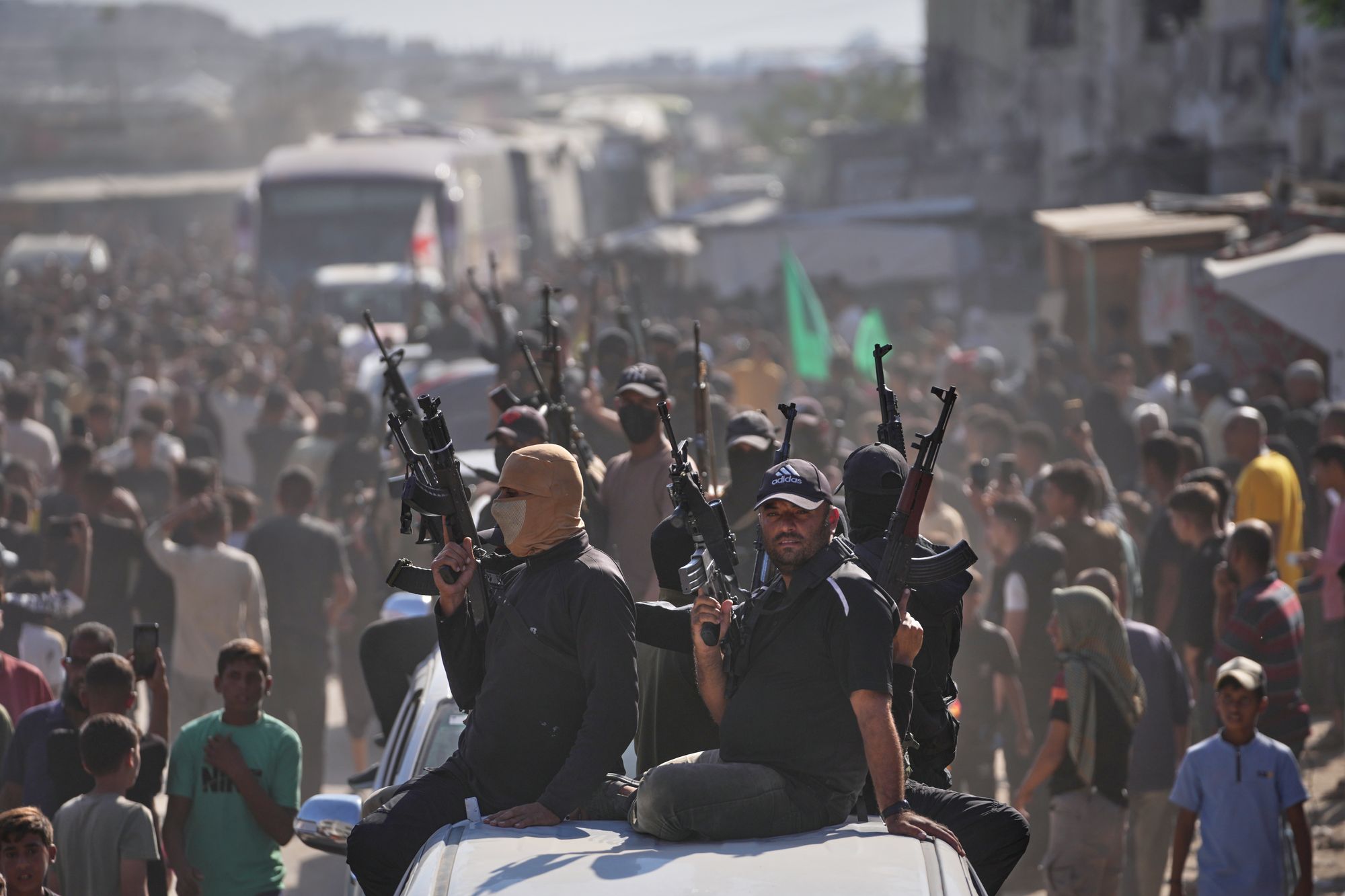
The International Stabilisation Force
Disarmament may not be immediate. Hamas, the de facto governing authority in Gaza, has been responsible for employing some 30,000 civil servants. Trump’s peace plan calls for the US to work with “Arab and international partners” to build a so-called International Stabilisation Force (ISF) to train and support vetted police forces in Gaza. But the vetting and redeployment of those jobs will take time.
The ISF will help to maintain the ceasefire and begin the task of bringing order back to Gaza’s streets. It will have to allow Hamas to step back without creating a power vacuum that could allow militant groups to emerge.
Details - again - are unclear. Diplomats told the Financial Times on Monday that the size, remit and origin of the ISF was still unknown to them. The second phase - disarmament and ultimate withdrawal from the Strip - would determine the success or failure of the agreement, some indicated.
Even in principle, the involvement of a foreign force policing Gaza remains tricky. “Unless there is clear buy-in from Palestinian elements on the ground (to include Hamas, which opposes the idea), it is hard to imagine any Arab forces willing to deploy on the ground,” the Centre for Strategic & International Studies (CSIS) assessed.
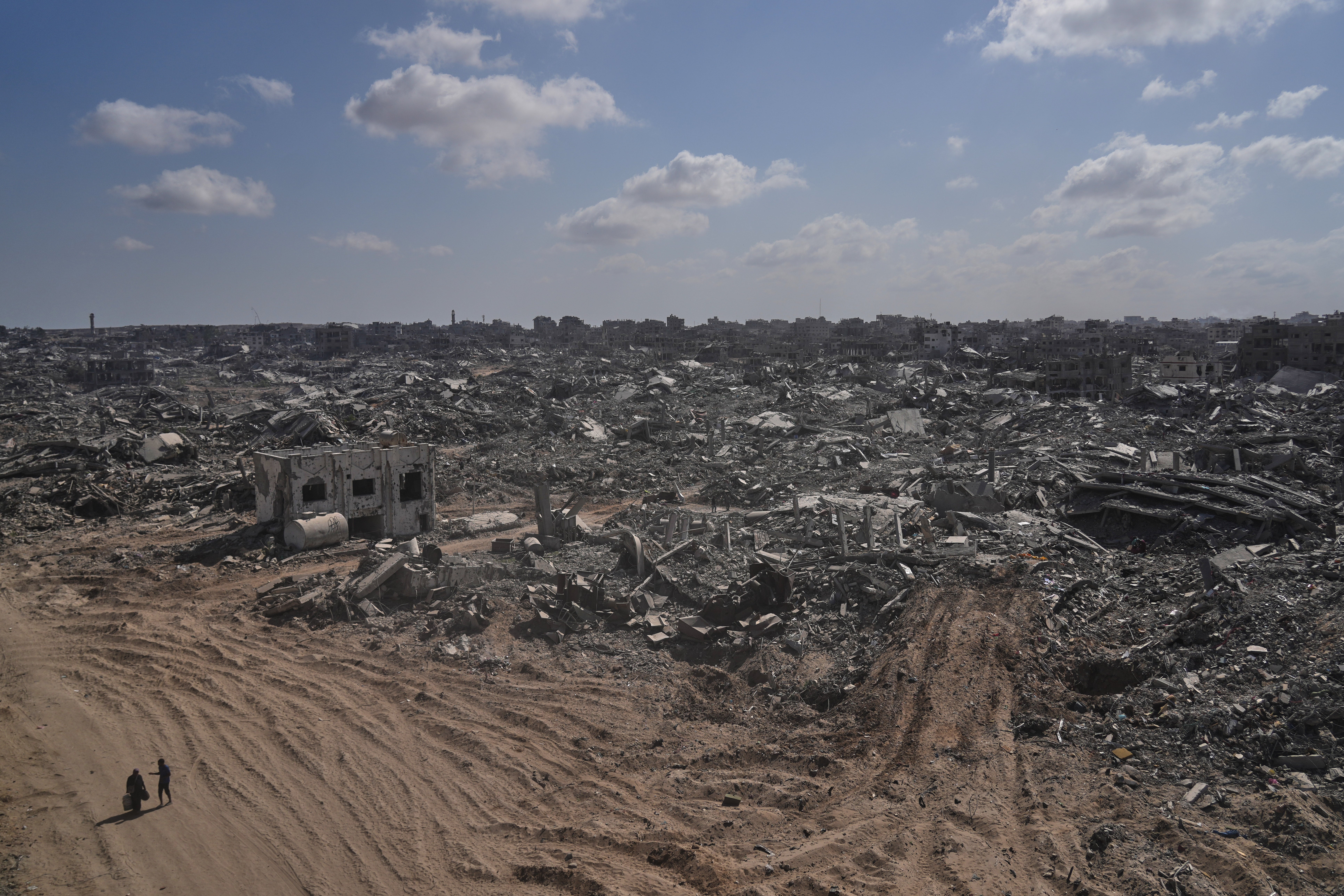
What comes after Hamas?
The original plan describes a transitional government – “technocratic and apolitical” – managing the overall running of Gaza, overseen by an international body called the “Board of Peace”.
The proposal suggests the interim government could be replaced by the Palestinian Authority, subject to certain “reforms”. Mahmoud Abbas, president of the PA, attended the summit in Egypt on Monday, and a senior Palestinian official told Sir Tony Blair, pegged for a role on the Board of Peace, on Sunday that the group was ready to work with him and Trump to consolidate the ceasefire and start rebuilding.
There are issues with installing the PA. The governing body based in the West Bank, run by Fatah, a rival to Hamas, is unpopular with Palestinians and Israeli prime minister Benjamin Netanyahu has already rejected their rule in Gaza.
Edmund Fitton-Brown, a former British ambassador and international security expert, suggested Gaza could end up with the “gradual, and potentially highly problematic” constitution of “a sort of Jordanian-Egyptian trained Palestinian police force” under supervision from the Board of Peace and Tony Blair, reinforced by this International Stabilisation Force, which “could include small numbers of peacekeeping troops”.
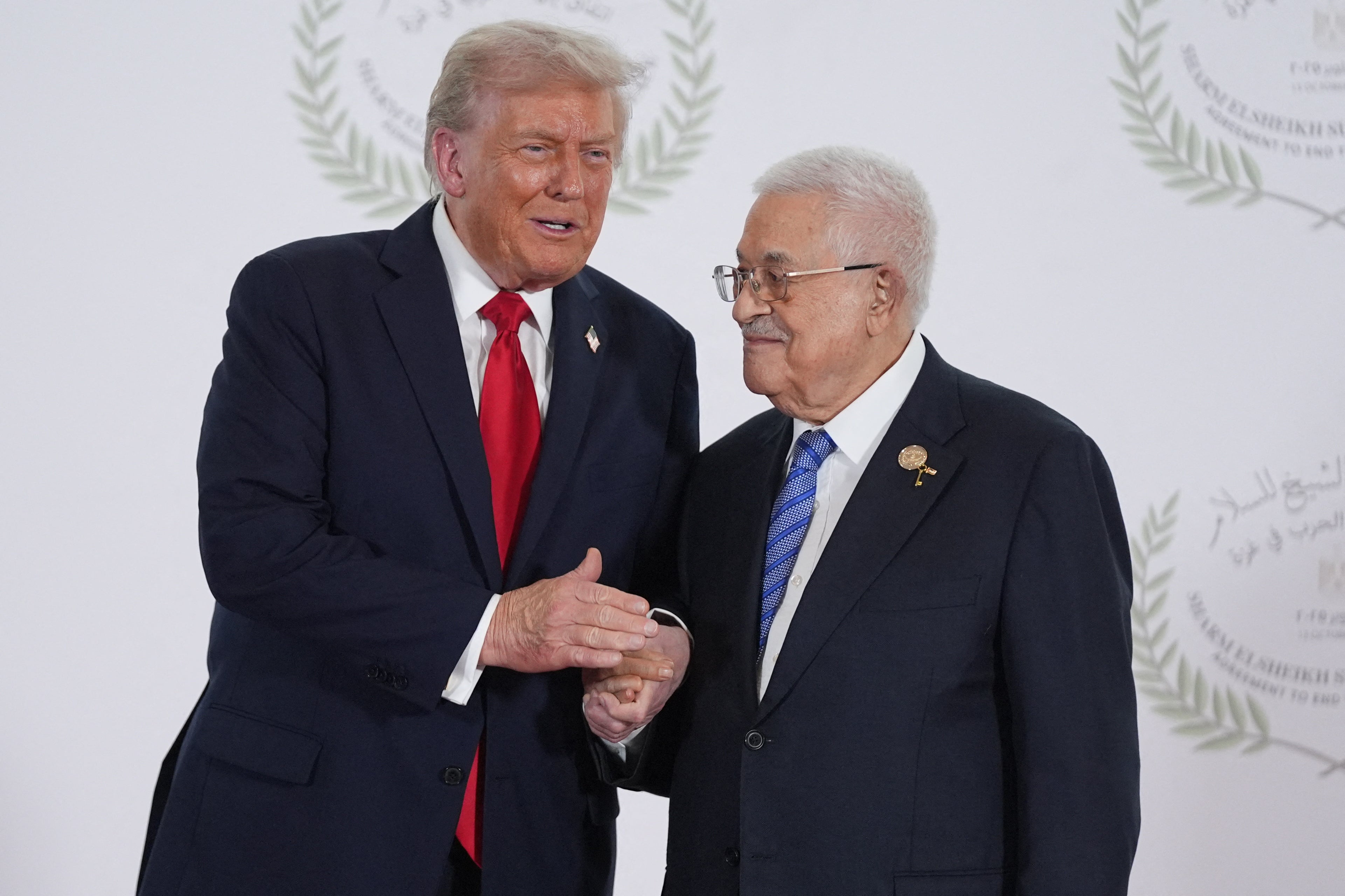
The cost of peace
There are varying figures on the cost of rebuilding Gaza. The UN today suggested it could cost as much as $70 billion to rebuild. In February, a UN official put the cost at $53.2 billion over the next ten years.
Jaco Cilliers, the UNDP official, said that it could take a decade or even decades to fully rebuild the Palestinian enclave after two years of almost-ceaseless conflict.
Bezalel Smotrich, Israel’s finance minister, said in August that the war had cost Israel 300 billion shekels (£67.87 billion).
Palestinian health authorities say the campaign against Hamas militants in the Gaza Strip has killed more than 67,000 people, with nearly a third of the dead under the age of 18.
Israel bombarded Gaza after Hamas led an incursion into southern Israel, killing some 1,200 people and taking 251 hostage in the bloodiest day in Israel’s history.

.jpeg)




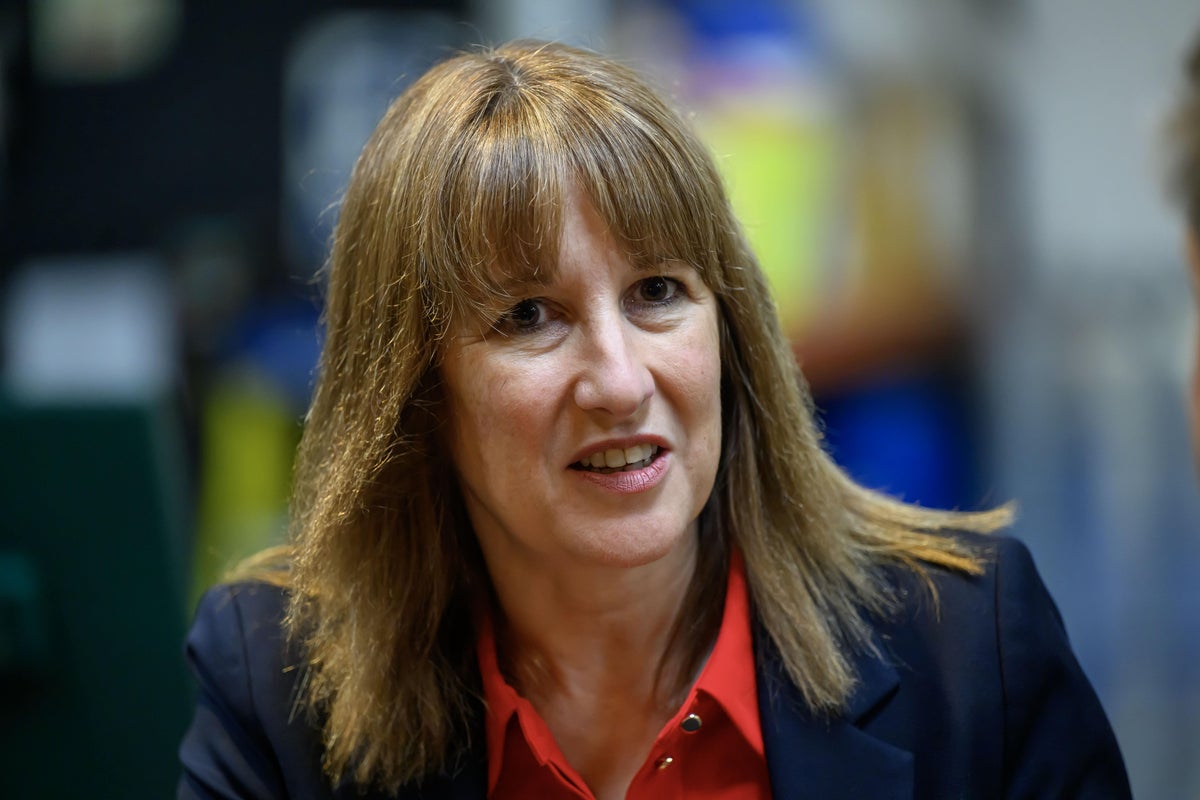





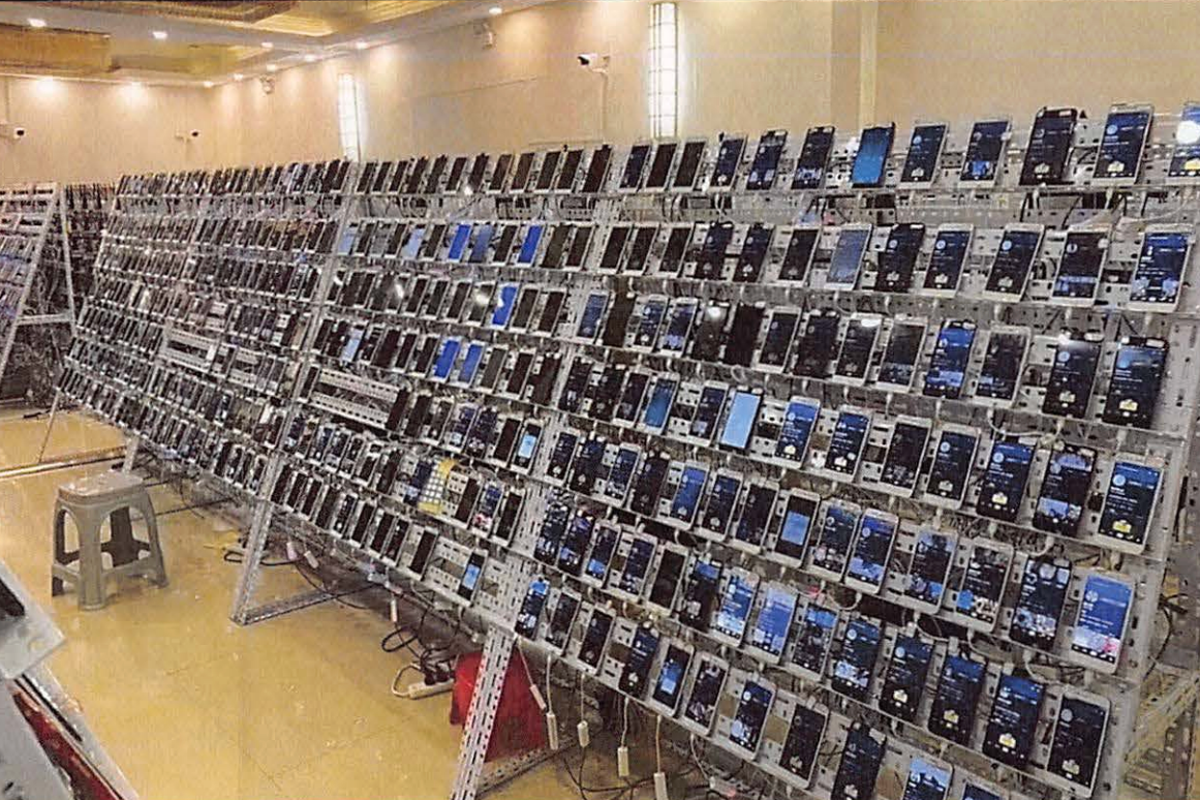

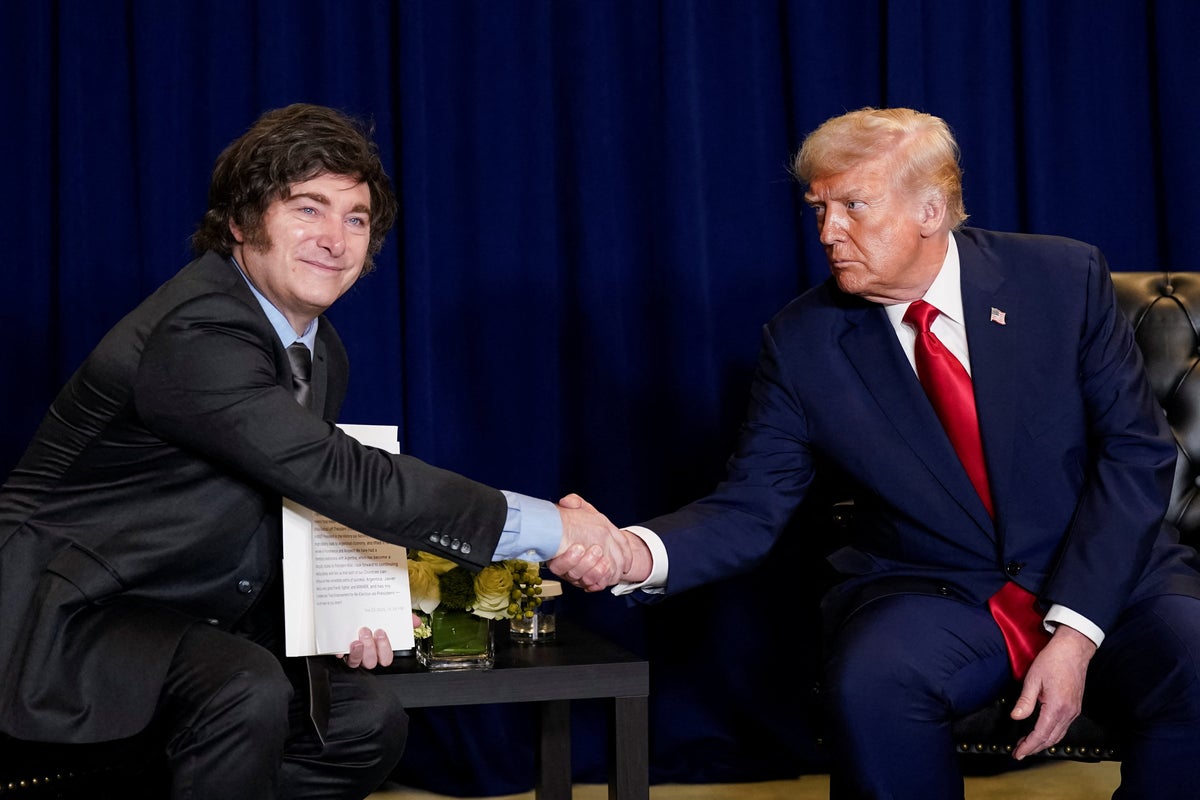
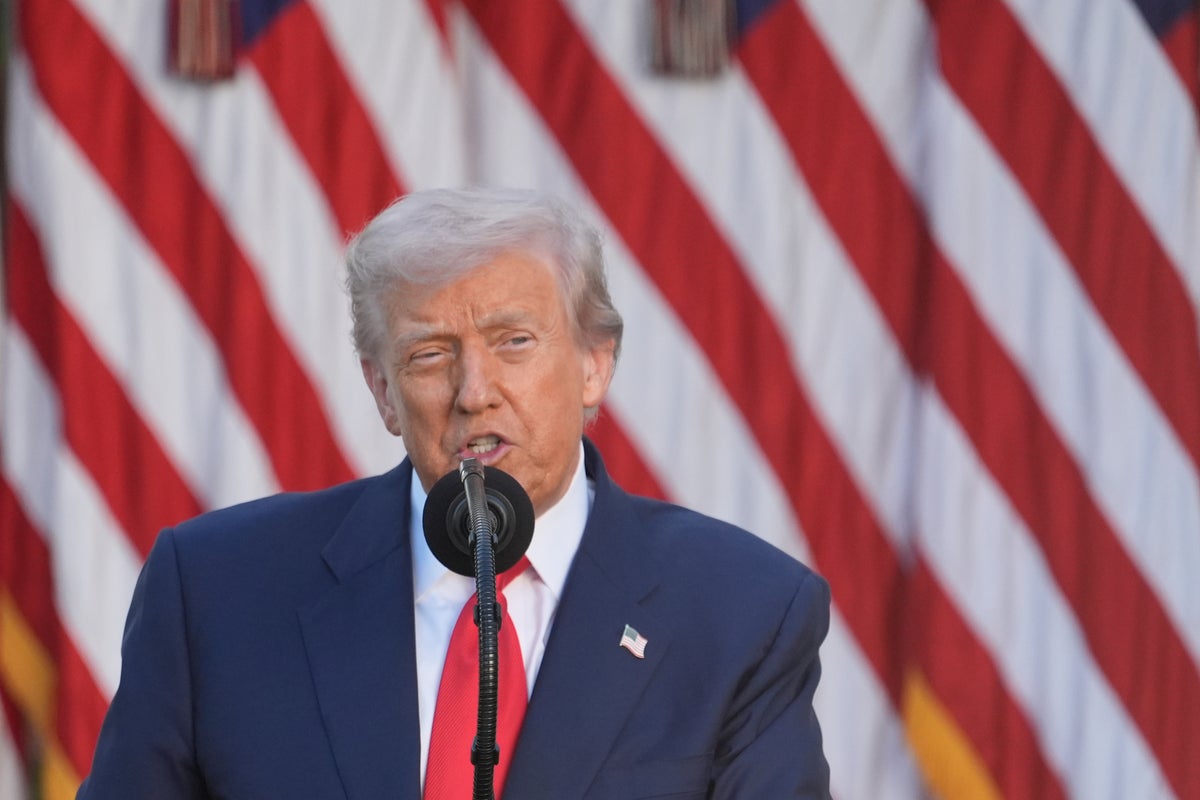


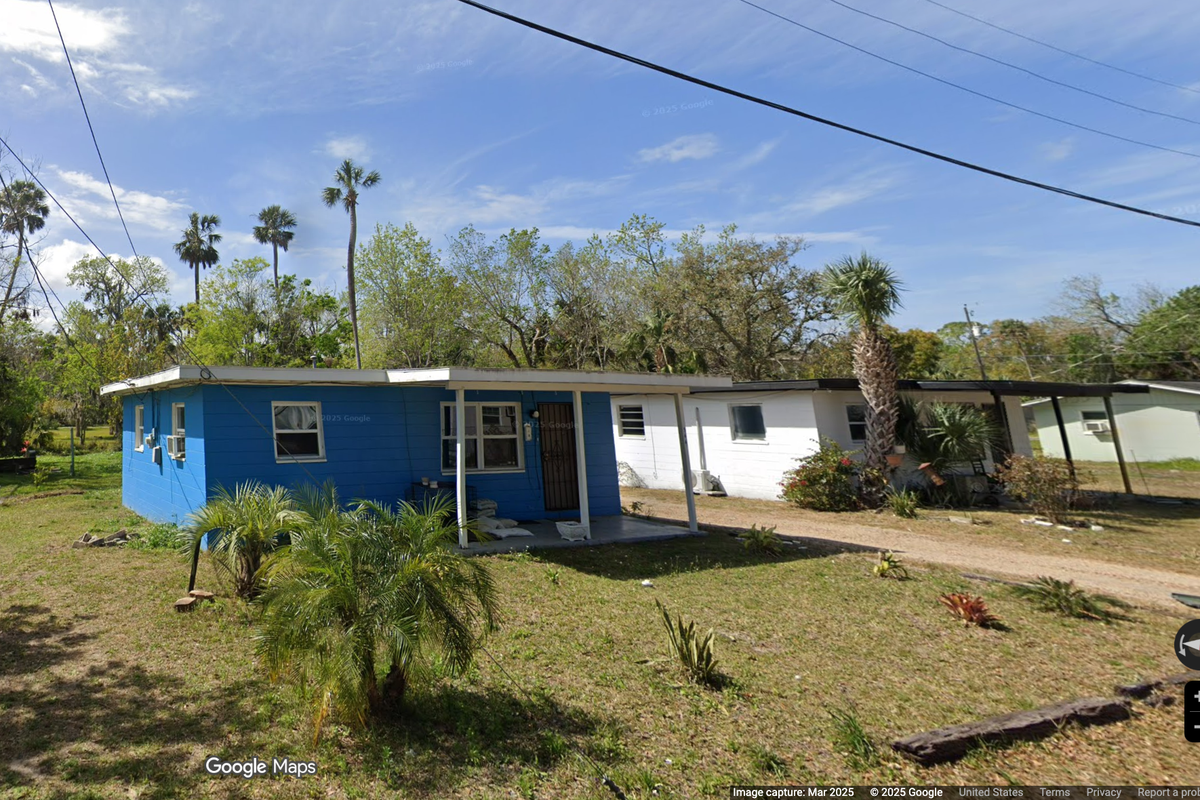




.jpeg)













 English (US) ·
English (US) ·